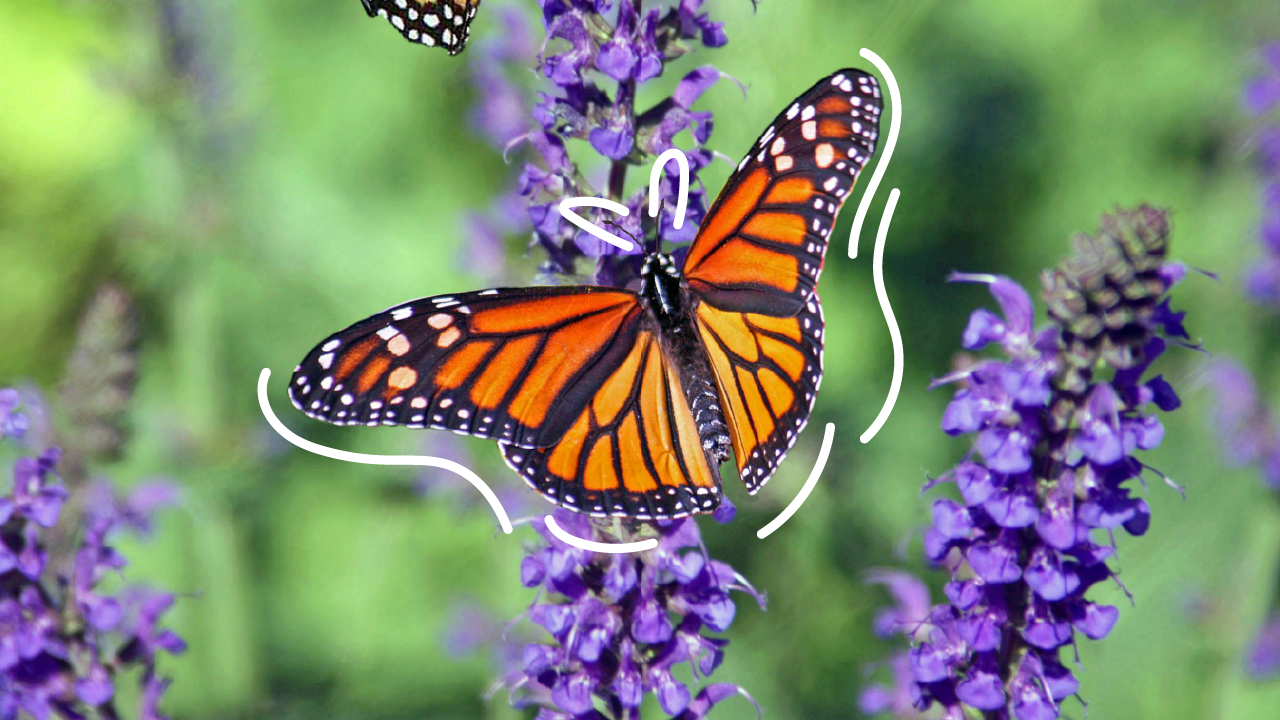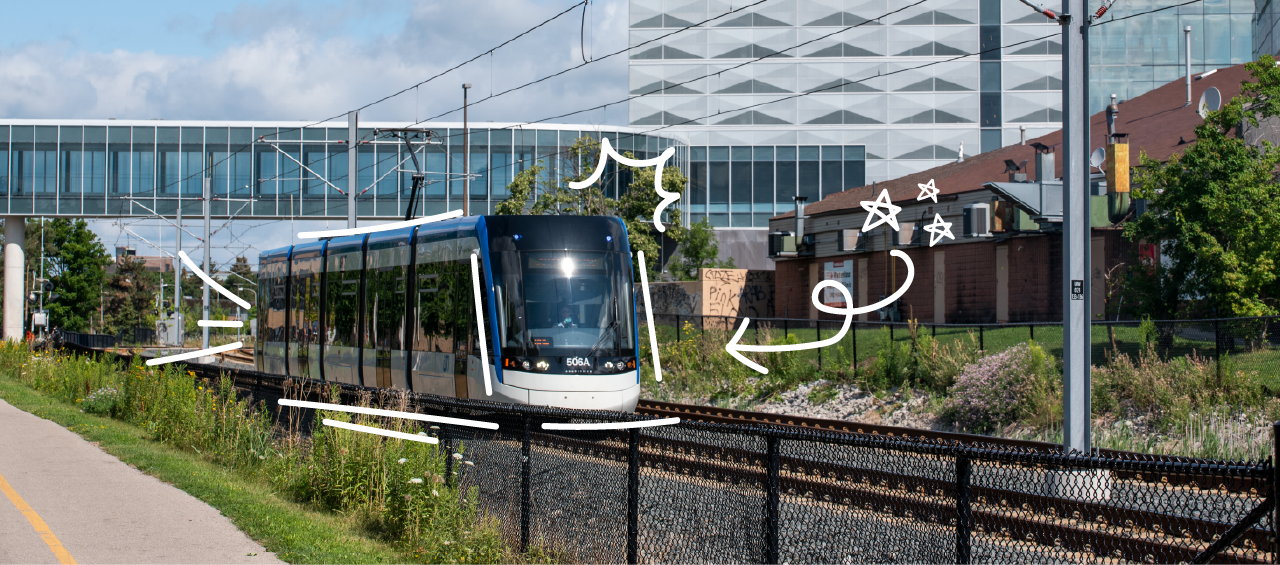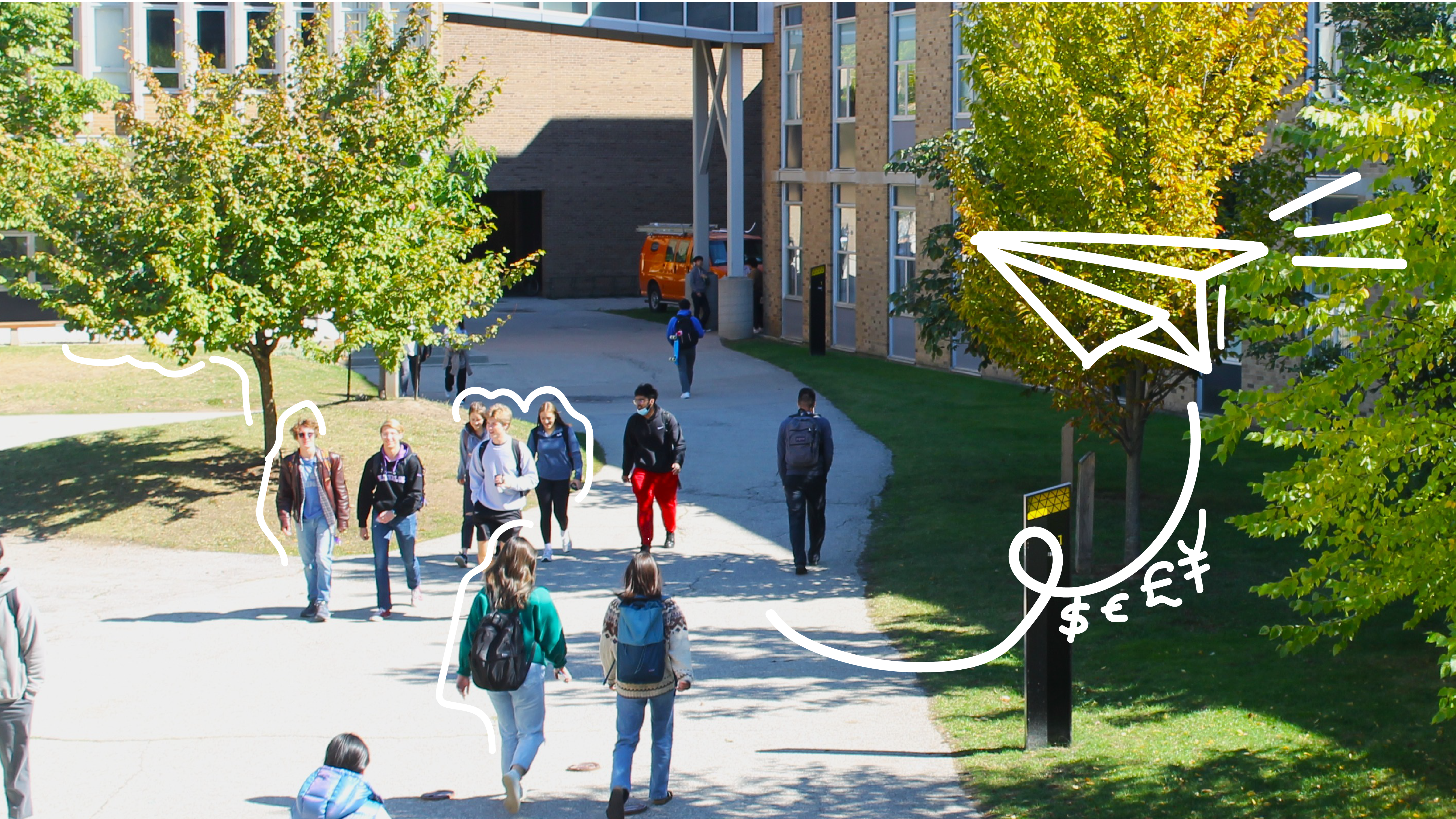Advocacy at WUSA
We advocate with undergraduate students on all matters impacting your experience at the University of Waterloo.
At WUSA, we believe in fostering an inclusive and safe environment where every student feels heard and valued. We strive to make your post-secondary experience accessible, affordable, accountable, and high-quality, both inside and outside the classroom.
Our commitment to you
Serving over 36,000 undergraduate students, we focus on areas that matter most to you as learned through your feedback.
WUSA is a non-partisan, not-for-profit student advocacy association, and our advocacy priorities are written by and voted on by students. Our advocacy is shaped by ongoing engagement through:
- Surveys
- Focus Groups
- Interviews
- OUSA Consultations
This research informs our Long Range Plan—a five-year strategy created by our Board of Directors. The plan analyzes past advocacy efforts and student feedback to set high-level themes that guide our work, ensuring sustainable, long-term change.
Each year, the incoming Board develops an Annual Plan, using fresh research to refine our focus and determine specific actions to take within the broader Long Range Plan themes.
While these plans provide structure, we remain flexible and responsive—adapting to urgent issues when needed. Our goal is to ensure advocacy remains student-driven, strategic, and impactful year after year.

What Does Advocacy Look Like?
While change doesn’t always happen overnight, we push for meaningful improvements in all areas of student life—through research, policy recommendations, direct lobbying, and initiatives that turn advocacy into action. Sometimes this means policy change or meetings with University administration, and other times it results in new resources or campus improvements.
Advocacy takes many forms—it’s about pushing for change in whatever way is needed. For us, this means:
- Meeting with decision-makers to share student concerns.
- Running awareness campaigns to inform and engage students.
- Conducting research to inform our advocacy through data.
- Hosting events and consultations to hear directly from students.
- Creating resources to support students.
Our Long Range Plan highlights six key advocacy themes shaped by student feedback. This is not an exhaustive list, but these priorities reflect what matters most to Waterloo undergrads through their feedback.
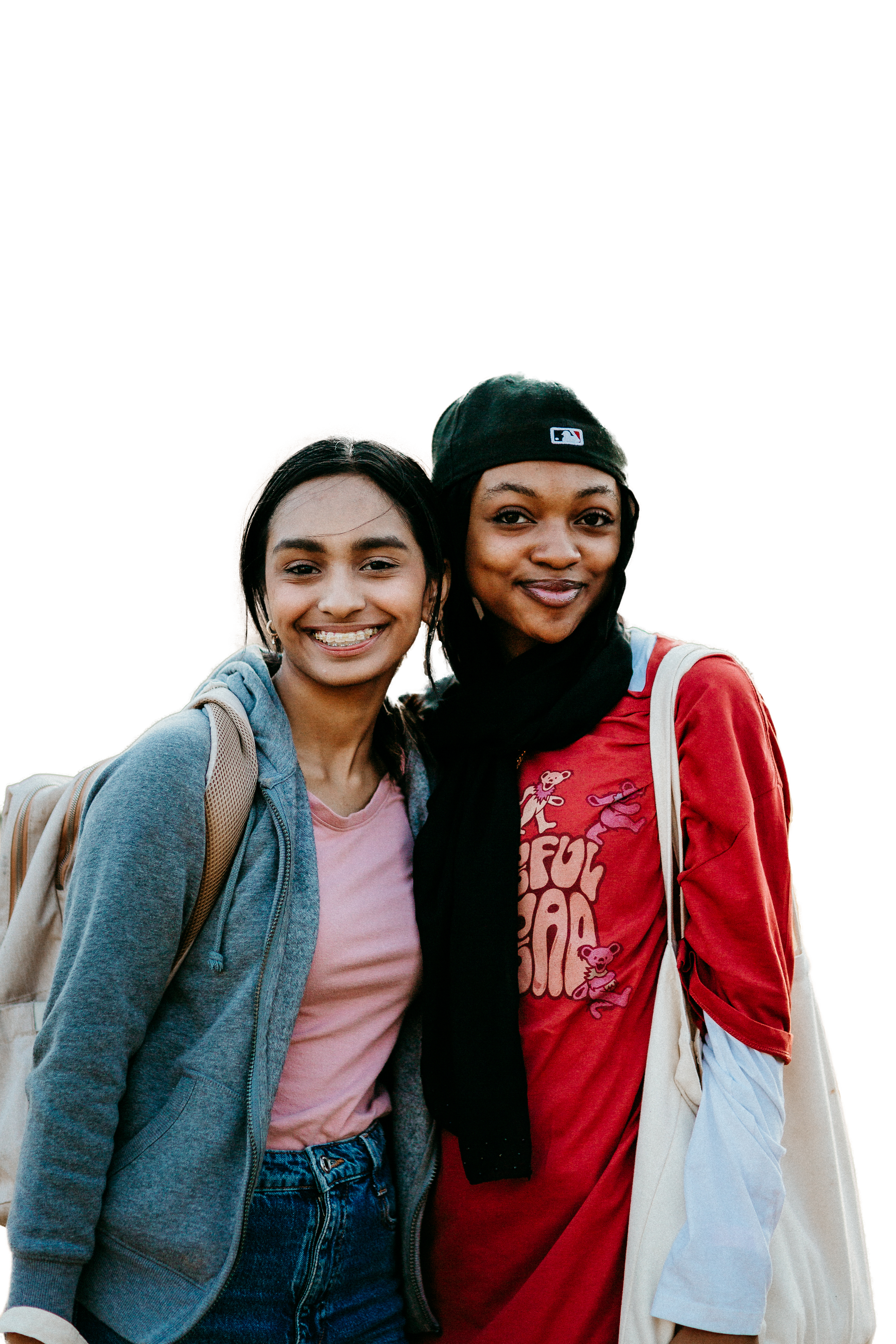
Advocacy That Drives Change
At WUSA, we champion broad, collective advocacy—working to improve policies, services, and student life for more than 36,000 undergraduates. Our team gathers student input, conducts research, and brings recommendations to the University and all levels of government to ensure student voices shape key decisions.
Our advocacy focuses on systemic change rather than case-by-case support. We’re dedicated to tackling the issues that matter most to students, as identified through surveys, consultations, and ongoing feedback.
Instead, we advocate to ensure students have access to essential services and support systems. Through our work, we’ve helped establish and maintain key resources like legal support, health and dental coverage through Studentcare, the UPass, and mental health support through EmpowerMe. We also create tools like our Housing Playbook and An Advocate’s Toolkit to help students navigate challenges and take action when needed. These services exist because of student advocacy, and we continue working to improve and expand them to meet evolving student needs.
We also support student-led change by prioritizing advocacy efforts that align with WUSA’s established priorities. This ensures our work remains strategic, impactful, and focused on making real progress for students.
Each day, we strive to strengthen, improve, and enhance the undergraduate experience—because when students come together, they have the power to create meaningful change. Advocacy takes many forms, and that includes advocating for yourself. Explore our Self-Advocacy Resource to learn how you can navigate challenges and make your voice heard.
Affordability and Cost of Living
Continuing to work with all levels of government and university administration to build more and better housing and address food insecurity for Waterloo students.
International Students
Between regulating tuition frameworks and identifying educational barriers unique to international students, we strive to create a momentous student experience.
Equity & Accessibility
Identifying barriers to access for all students to ensure full and safe participation in post-secondary education.
Affordability
Recognizing and pushing for pragmatic steps the university can take to increase efficiency, increase value, and where possible, decrease fees.
Educational Quality
Understanding campus-wide policy changes and investments that could benefit students, making clear that what is good for student educational outcomes are also good for the university.
COVID-19
Learning, growing, and continuing to make informed decisions based on the learning of navigating through a pandemic.
Advocacy Position Statements

How can you get Involved?
At WUSA, student voices shape everything we do. We consult students at every stage to ensure our advocacy reflects real experiences and needs. You can get involved in the following ways:
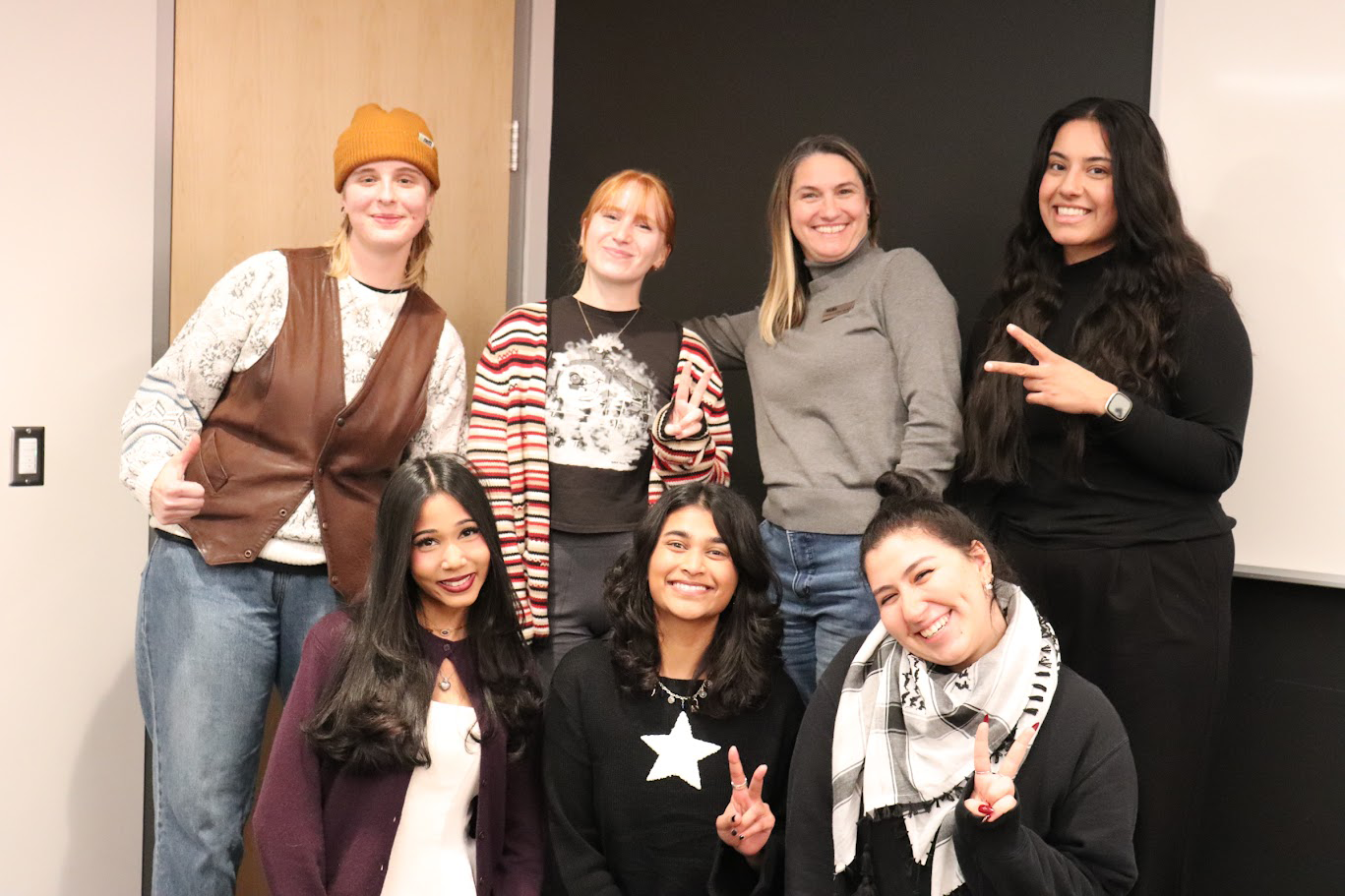

Damian Mikhail
President

Remington Zhi
Vice-President

Melissa Thomas
Director, Communications and Stakeholder Relations

Jill Knight
Manager, Advocacy & Stakeholder Relations
(On-leave)

Andrena Lockley-Brown
Manager, Advocacy & Stakeholder Relations

David Kuhn
Stakeholder Relations Officer

Jordan Daniels
Research Analyst

Nathan Ermeta
Research Coordinator

Samiksha Sawant
Advocacy Specialist

Amrit Khaira
Advocacy Specialist

Charlie Davis
Research Coordinator



